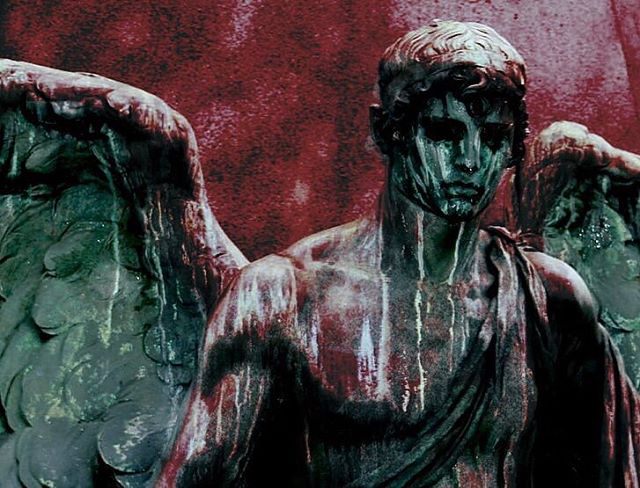
Ezequiel or Chazaqiel is one of the fallen Watcher Angels, class of angels meant to be sentinels or messengers of Yahweh. He taught forbidden knowledge to humans, including how to identify omens the clouds. He was also known to lust after women. ⠀



After witnessing a mesmerist induce a trance, Edgar Allan Poe included it in his story The Facts in the Case of M. Valdemar. In the tale, a dying man is put into a trance and able to speak and move his “swollen black tongue” after death. The tale was written like a medical case study.
At the time, Poe was a journalist and the story was taken as a news report, never being explicitly presented as fiction. It was even reprinted in London’s Sunday Times with the headline: Mesmerism in America: Astounding and Horrifying Narrative, helping legitimize and popularize mesmerism.
Source is Occult America by Mitch Horowitz. It’s a fantastic read, and highly recommended!

Grilandas inventum libri by Paolo Grillandi is a series of 16th century diagrams that tied aspects of the human body to astrology. The Italian author wrote seminal books on witchcraft and demonology and was a papal judge in witch trails.⠀